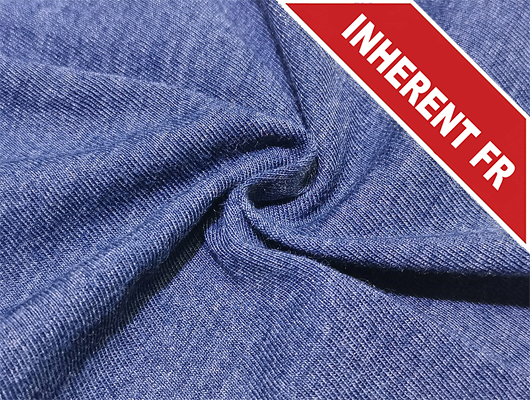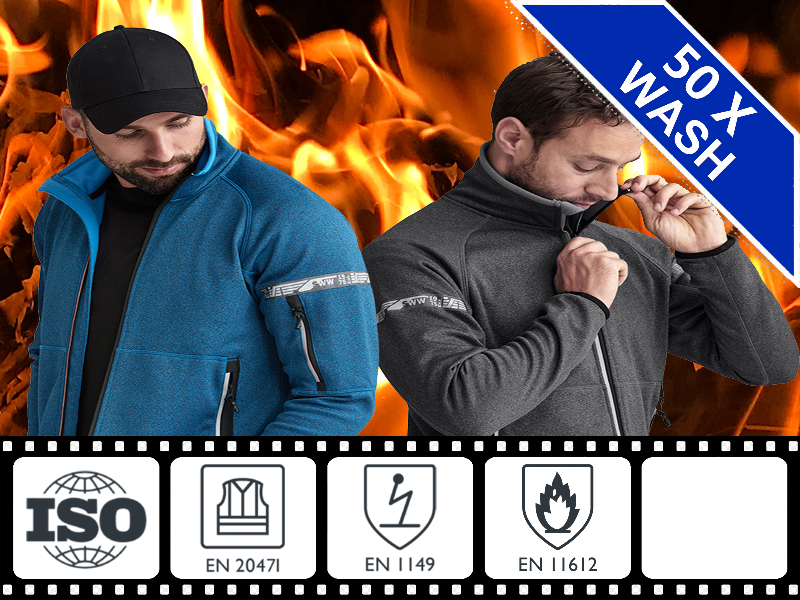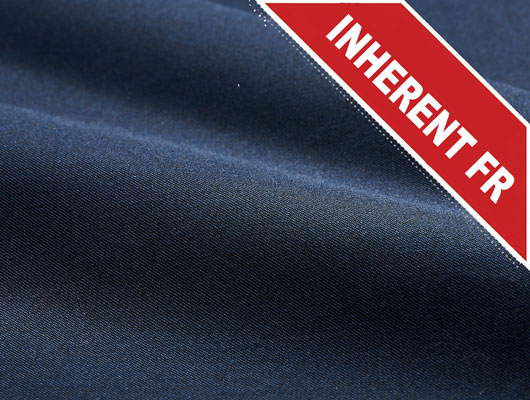FLAME RESISTANT CLOTHING / FABRIC GLOSSARY
2016-05-30
Use this glossary as a guide for the most common terms used in the FRC industry.
An arc flash is a type of electric explosion from a voltage breakdown of the resistance of air. Arc flash temperatures can reach or exceed 35,000 °F. An arc flash hazard may exist when energized electrical conductors or circuit parts are exposed
Arc-rated protective clothing protects from arc flash and electric arc hazards. Arc-rated garments are measured in cal/cm². It is required to determine necessary arc protection levels and to insure that proper personal protective equipment is worn.
ATPV (Arc Thermal Protective Value)
ATPV is what arc-rated protection measures. It establishes the maximum performance capability for a specific garment or fabric.
Breakopen
Breakopen is the formation of holes in the fabric during arc rating testing. This is the point of failure of FR protective garments.
Energy Break-Open Threshold is an alternative measure to ATPV when that cannot be used due to breakopen.
A material that burns slowly or self-extinguishes and will not fuel a fire. FR materials push oxygen away, starving the flame. Cotton, Cotton/Polyester Cotton/Nylon could be treated as FR Fabric to protect workers.
A substance that is hard to ignite and inhibits the ignition and spread of a flame. Aramid Fabric are made by Tianyu Textile are inherently flame resistant, meaning that the fabric does not need a chemical treatment applied to meet FR standards.
Hazard risk categories are defined by NFPA70E and assigned based on risk associated with electrical safety and arc flash. HRC levels determine the appropriate ATPV of flame resistant clothing
HRC 2 rated garments have an arc rating between 8 cal/cm² and 25 cal/cm² and are often referred to as 'daily wear'. All TECGEN® products are HRC 2 certified.
HRC 3 rated garments have an arc rating between 25 cal/cm² and 40 cal/cm². Few products exist at this level, instead remaining at Level 2 for daily wear or Level 4 compliant for extreme tasks and hazards.
HRC 4 rated garments have an arc rating equal or greater than 40 cal/cm². These high ratings are achieved with multiple FR layers and liners.
Fire-resistant properties are built directly into the molecular structure of the fibers, making them flame resistant from the inside out. The TECGEN® fiber is inherently flame resistant. Some FR garments rely on topical chemical treatments to achieve flame resistant capabilities.
Modacrylic is an inherently flame resistant fiber. It is used mainly to blend with other FR fibers, and for linings and outer shells in FR gear.
NFPA
The National Fire Protection Association's goals include the promotion and improvement of fire protection and prevention. They publish National Fire Codes.
Refers to NFPA's "Standard on Flame Resistant Garments for Protection of Industrial Personnel Against Flash Fire." A flash fire is spontaneous, reaching very high temperatures although short in duration. NFPA 2112 defines the testing methods and performance requirements for flame-resistant fabrics. Tianyu Textile products are all NFPA 2112 certified.
Founded by the Occupational Safety & Health Act of 1970, The Occupational Safety and Health Administration's (OSHA) mission is to "assure safe and healthful working conditions for working men and women by setting and enforcing standards and by providing training, outreach, education and assistance." Their general duty clause ensures a safe workplace for all employees. OSHA determines regulations and standards related to personal protective equipment.
Establishes general requirements and regulations with regards to personal protective clothing, including a hazard assessment to be performed and determine appropriate levels of protection
Personal protective equipment is specialized protective gear worn by an employee for protection against a hazard. Flame resistant garments are a form of personal protective clothing worn against fire hazards.

Choose Tianyu Choose Quality Chose Satisfaction







